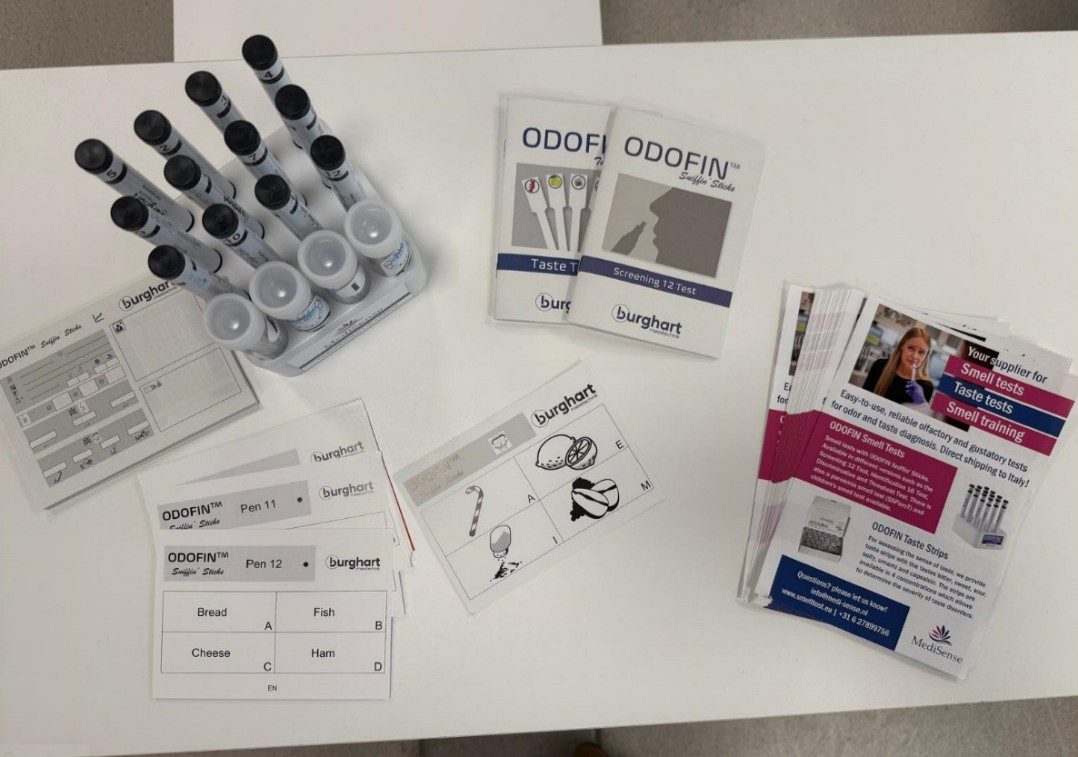
Would you like to apply a prism foil to your glasses, and does your prescription say “base temporal” or “base nasal”?
On this page, we explain what these terms mean and how to correctly apply the prism adhesive foil to your lens.
The word temporal comes from the Latin word tempora, which means “temple” (the side area of your head). If a prism adhesive foil is applied to a lens with the indication base temporal, it means that the base (the thicker part) of the prism points towards the temple (temporal side). This causes the light to bend toward the nasal side of the eye. In other words: the image is optically shifted in the temporal direction (away from the nose, outward).
In practice:
On our prism adhesive foils, the word base is printed at the bottom edge of the foil.
A prism with base temporal is, for example, used to compensate for an outward eye deviation (exophoria or exotropia). It helps align the images on the retina of both eyes so the brain can perceive a single image again.
If your prescription says base nasal, this means the base of the prism (the thickest part of the adhesive foil) should be placed on the nasal side of the eye. The prism foil must therefore be applied with the base pointing toward the nose.
On our Fresnel prism adhesive foils, the word base is printed at the bottom edge of the foil.
Would you like more information on how to correctly apply the prism adhesive foil to your glasses? Please visit the following page: How to Apply Prism Foil to Glasses.
Worldwide delivery, click here for the transport costs.
Delivery on account is possible. Contact us for a quote or order directly via the webshop.
Contact via info@medi-sense.nl or +31 (0)6 27899756
Various payment options are available such as iDeal, Sofort, BanContact and PayPal.